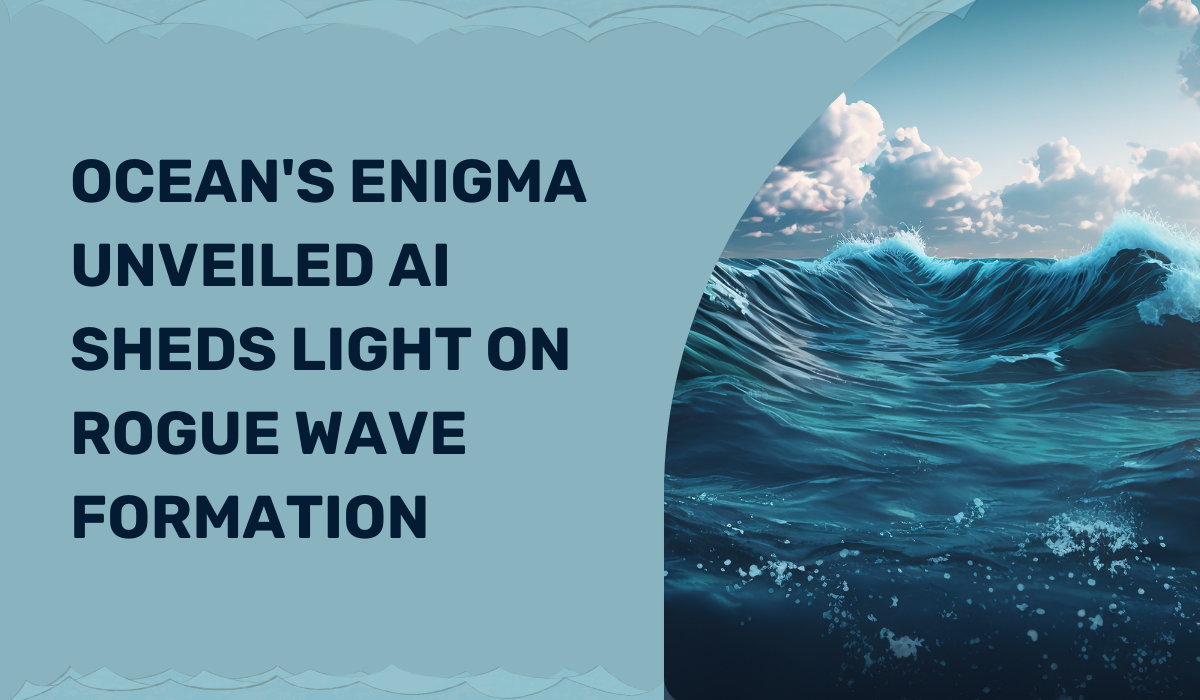
In a breakthrough challenging long-standing beliefs, scientists now have a powerful tool in unraveling the mysteries of rogue waves, thanks to a new AI model developed by an international team of researchers. Until 1995, rogue waves, characterized by their towering height, were dismissed as sailor tales or myths. However, a colossal rogue wave striking a Norwegian oil platform marked a turning point, leading to the subsequent identification of dozens of such waves globally. Despite their prevalence, the formation of rogue waves remains elusive, but the new AI model offers promising insights.
Rogue waves, defined as waves exceeding twice the height of surrounding waves, can emerge unexpectedly in various bodies of water, not limited to oceans but also observed in lakes. The most extreme rogue wave on record occurred near Ucluelet, Vancouver, in 2020, reaching a staggering height of 58 feet—more than three times taller than its counterparts. Scientists estimate such events occur once every 1,300 years, emphasizing the rarity and challenge of accurate prediction. However, the newly developed AI model, under the leadership of Dion Häfner from the University of Copenhagen, leverages over 700 years' worth of ocean data from 158 buoys worldwide, offering a potential breakthrough in understanding and forecasting these enigmatic phenomena.
The AI model introduces a novel perspective, suggesting that rogue waves result from "linear superposition," a phenomenon known in physics since the 1700s, where two wave systems intersect and temporarily reinforce each other. By analyzing more than 1 billion waves, the model identified 100,000 rogue waves in the dataset, hinting at their more frequent occurrence than previously believed. The team aims to make the algorithm publicly available, with a particular focus on its application in the shipping industry. The hope is that by assessing the risk of rogue waves along established routes, ships can be rerouted to safer regions, potentially averting disasters.